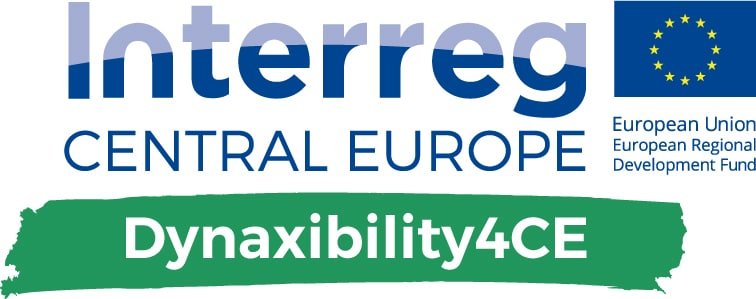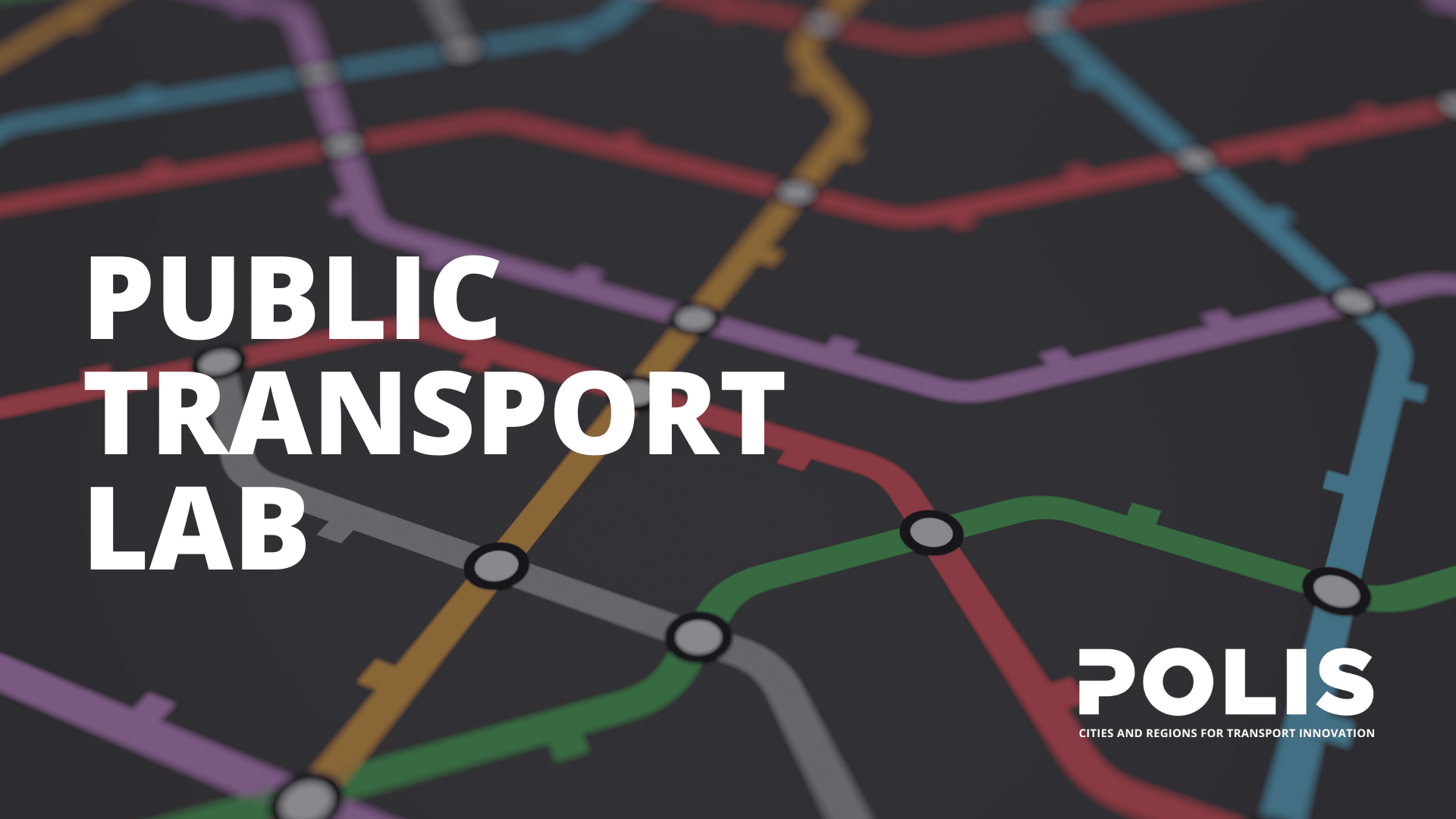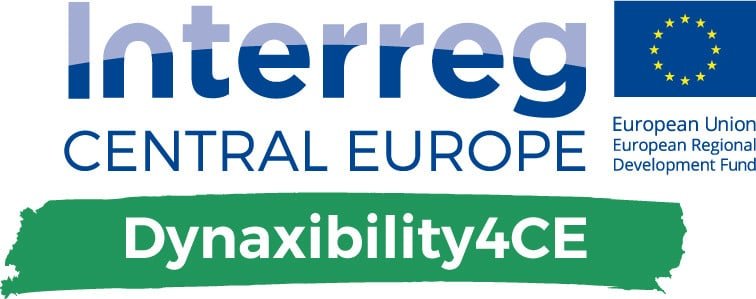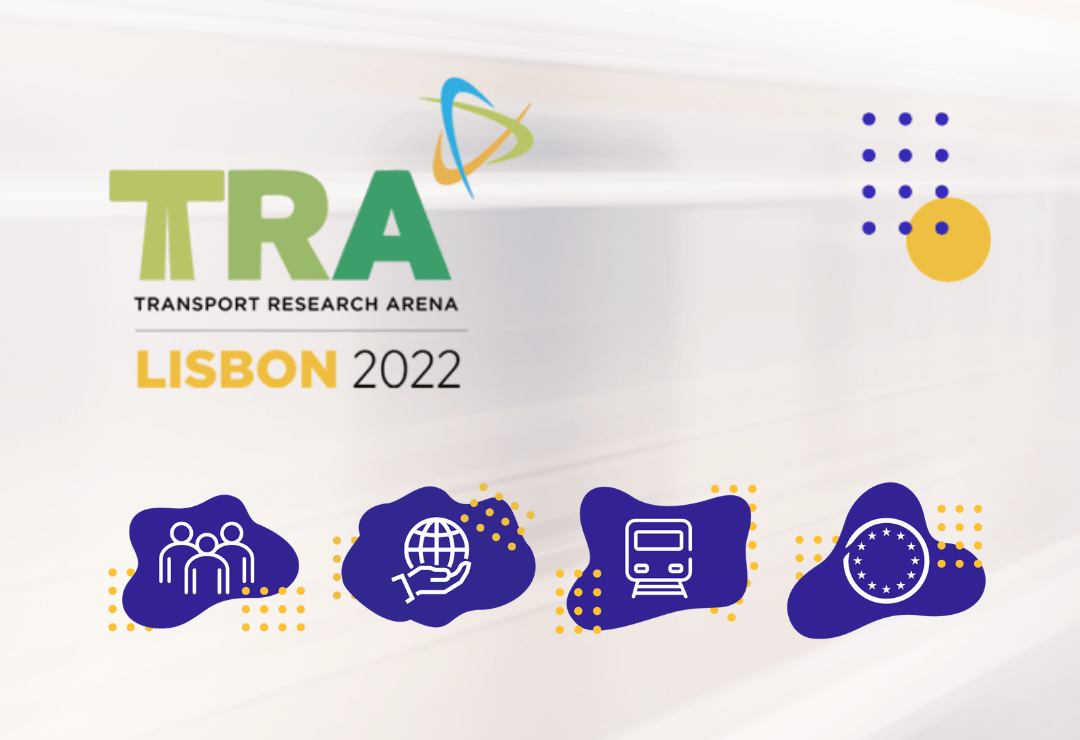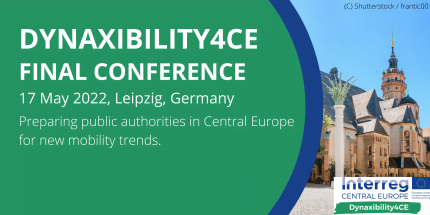Dynaxibility4CE
The goal? To develop new strategies to deal with new mobility solutions.
New forms of mobility, like connected and automated driving or mobility as a service, blur classic boundaries of mobility offers. The effective integration of these new mobility trends into transport systems and policies calls for much more dynamic and flexible planning.
 Dynaxibility4CE aims to increase the ability of public transport authorities to deal with these new trends by developing strategies and tools for public transport authorities that strengthen their planning capacities and thereby make them key actors in creating low-carbon and low-pollution mobility systems in our cities and regions.
Dynaxibility4CE aims to increase the ability of public transport authorities to deal with these new trends by developing strategies and tools for public transport authorities that strengthen their planning capacities and thereby make them key actors in creating low-carbon and low-pollution mobility systems in our cities and regions.
Dynaxibility4CE will overcome the limitations of the exploitation of single outputs from involved EU projects and build a comprehensive exploitation approach by combining and developing capacities for the first two phases of the SUMP planning cycle (‘Preparation and Analysis’ and ‘Strategy Development’) including managerial approaches, methodological tools (e.g. for air quality data measurement and analysis), training and knowledge platforms adapted to meet the challenges of planning for new mobility trends. By this, public transport authorities in CE will be enabled to plan more dynamically and flexibly for emerging innovative mobility solutions for greener and cleaner mobility systems in CE’s FUAs in the future.
The project will develop further and contextualise the SUMP concept towards planning for MaaS, CAD, UVAR and downstream the recently published SUMP 2.0 topic guides for these mobility trends to the level of the involved FUAs who will develop six action plans following these new guides. This will be achieved by using seven case study cities: Leipzig (CAD), Stuttgart (CAD), Graz (CAD/MaaS), Budapest (MaaS), Parma (UVAR), Koprivnica (MaaS) and Krakow (UVAR).
Want to keep up with the latest news? Visit the project's website and follow them on Twitter and LinkedIn.
